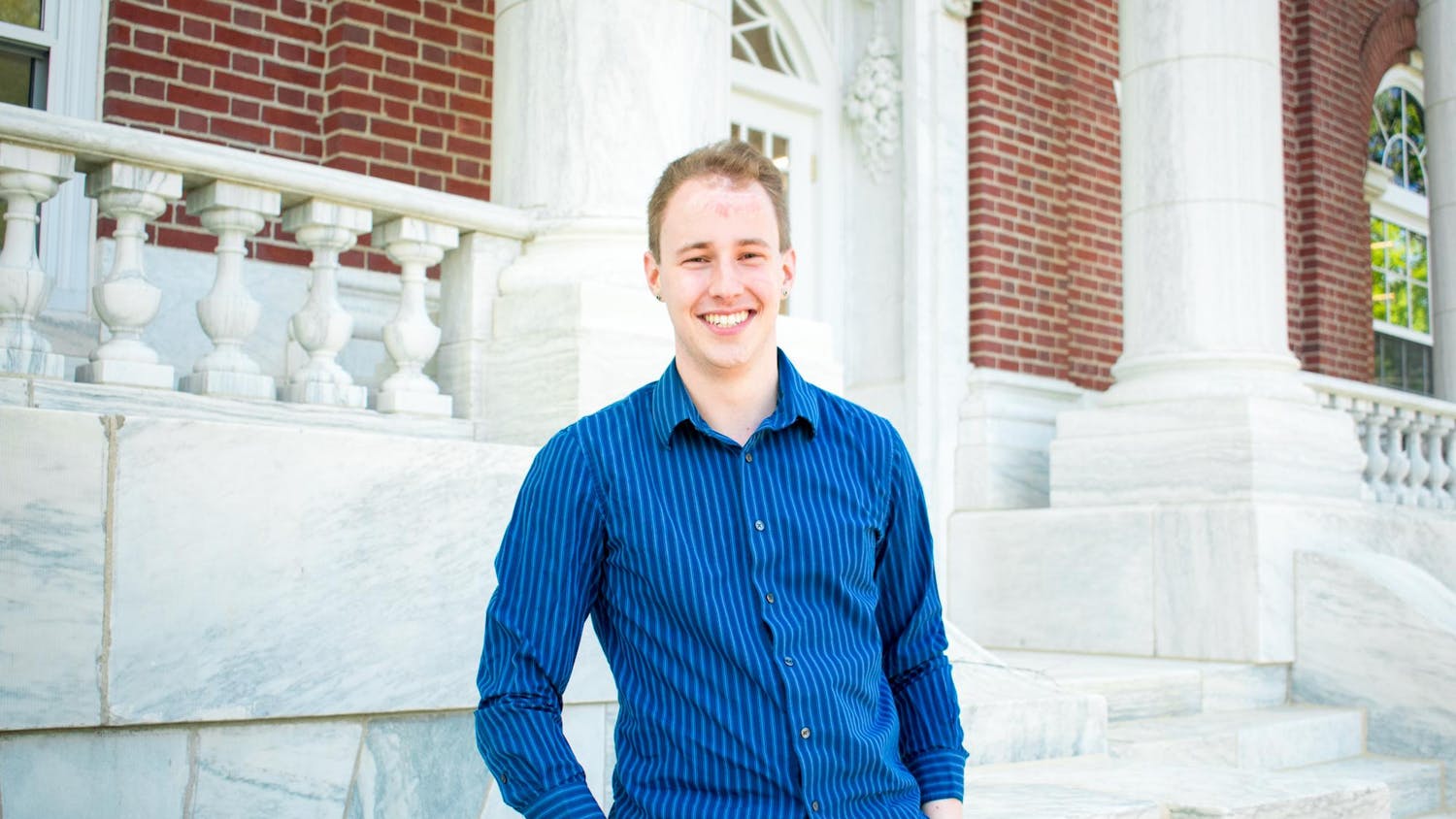“I’m here with my friends at the graveyard.”
One of my favorite books growing up was Neil Gaiman’s “The Graveyard Book” (2008). It’s about a boy named Nobody Owens who is raised by ghosts in a graveyard after his entire family is murdered.
I pretended to be Nobody as a kid. I can imagine other moms pestering my mom: “Why isn’t Sadie playing soccer with her friends?”
“She found the graveyard, just past the field. Don’t worry, she’s not alone.” This would be my mom’s reply in a hypothetical exchange.
I talked to gravestones, charmed by past names that seemed too otherworldly. What’s more interesting though, is I’ve never stopped.
This summer, the newspaper I wrote for gave me an assignment. I had to report a brief history of downtown, as context for a walking tour. I got stuck on the part next to the graveyard and sat down.
Then, a man came up to me, and asked if I’d heard about a murder.
At last, my dreams of becoming the fictional character Nobody had come true. It was more uncomfortable though, than the scenes I had planned in my head.
He seemed a little off-balance, and talked with an unsettling fervor, “I remember years ago, a man murdered somebody in Salisbury. They printed out pictures of his face and plastered them to [the] town hall, covering it completely.”
I stared. I didn’t know there was a murder here. I was more concerned, however, that the girl sitting alone in the graveyard was the best lead for the case.
“No, sorry,” I said. I walked away at a measured pace to my car and drove away.
When I got home, I dug through the paper’s archives for evidence of murderers in Salisbury. I found shocking headlines.
In 1985, Roy Duntz was convicted of arson, after burning down the entirety of Salisbury’s town hall. The key witness, Earl Morey, was shot dead, and Duntz’s brother, Richard, was convicted of the murder.
A town over, in Falls Village, Barbara Gibbons was brutally murdered in 1973. Her son was wrongly convicted and then exonerated. The case remains unsolved.
Those were the only two murder cases that showed up in “The Lakeville Journal.” I decided to end my crazed search, before I ended up like that odd man.
Surely, I didn’t want to be Nobody, with a murdered family and a man called Jack hunting me. (Jack is the murderer in “The Graveyard Book.”) But it was fun to play the part for a while.
I went back to the graveyard the next day and searched for Barbara Gibbons and Earl Morey. I never found them, and maybe it’s better that way.
I found some small rocks and placed them on a larger one –– imagining it as a grave for the two victims. “Thank you,” I said.
If I was Nobody, I’m sure they would’ve taken me in, and taught me more about death than a wandering child playing a ghost thought she knew. But, I’m Somebody –– to be very blunt. And perhaps the best I can do is write down their stories, so little girls sitting in graveyards don’t forget.






